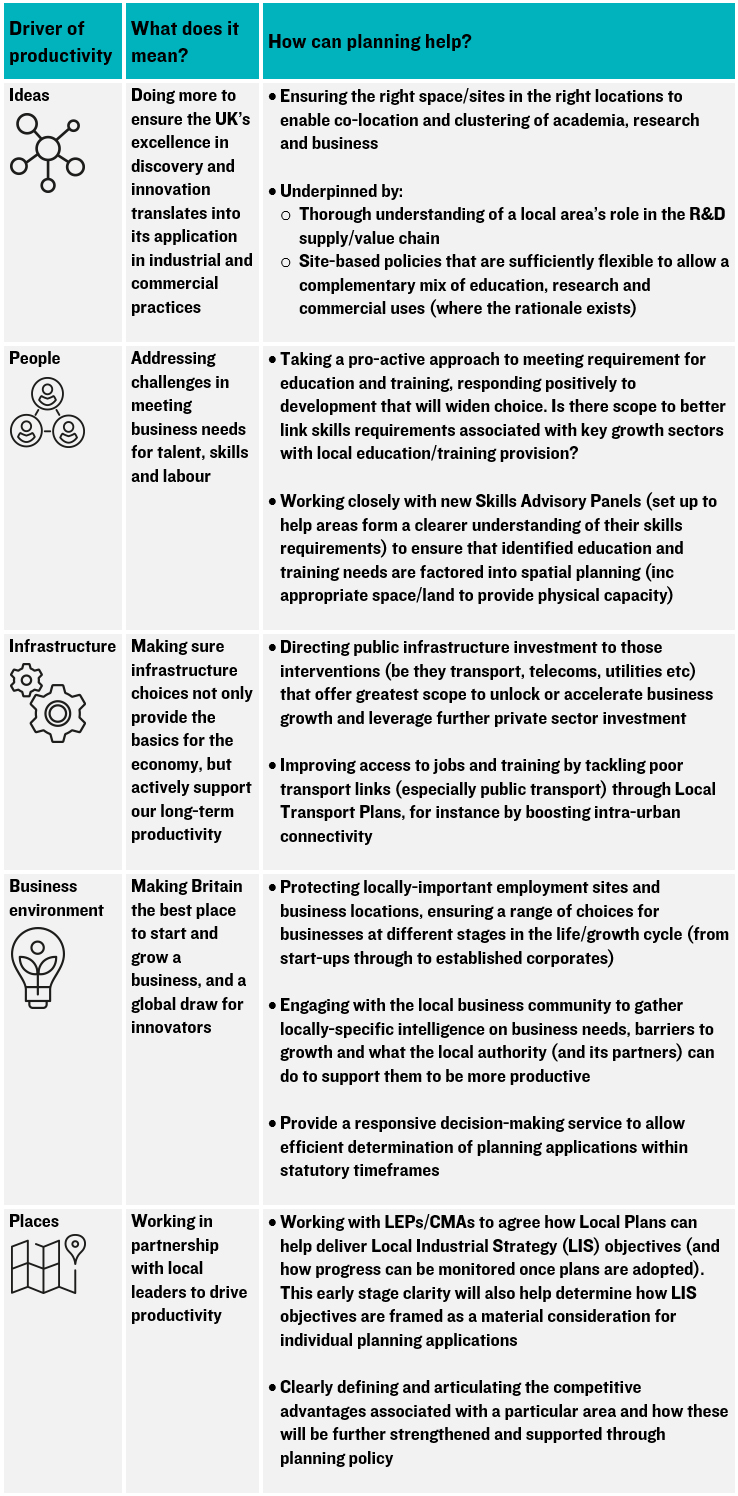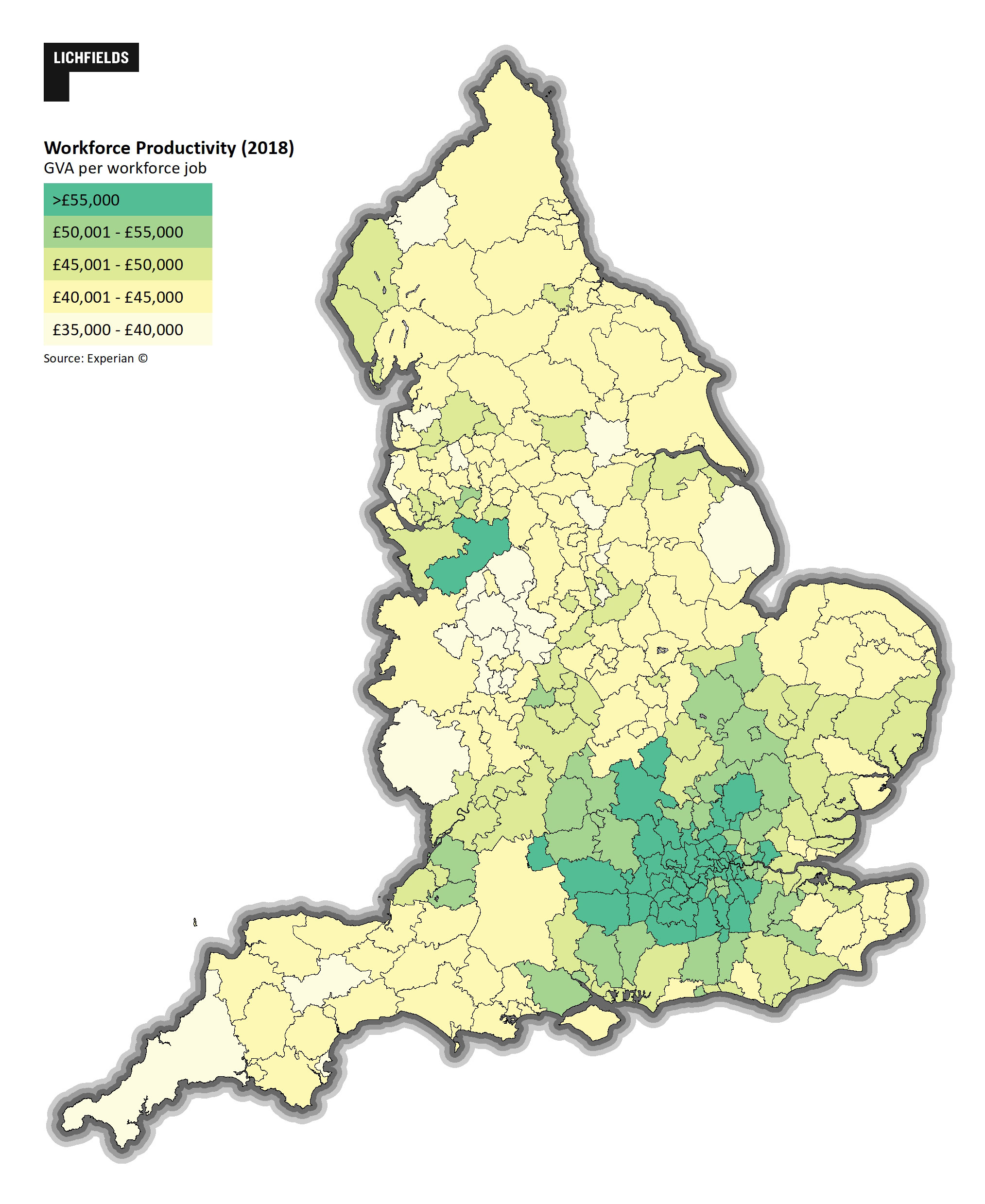Last week, for the second time in less than a month, flights at a major London airport were halted by drone activity. On 8th January flights out of Heathrow Airport were suspended for over an hour, following drone sightings. Between 19th and 21st December, the runway at Gatwick Airport was closed for nearly 36 hours after drones were reported over the airfield, with flights unable to take-off or land. At Gatwick, as the world’s busiest single-runway airport and on one of its busiest days of the year, there were estimates of 140,000 passengers that were due to use the airport being affected. The media, aviation sector and public have all watched with interest. Malicious use or otherwise, this is clearly a very serious ongoing issue whereby substantial drones have been used to bring about the temporary closure of two major international airports. Questions have been raised: why was it apparently so easy to shut a British airport with a drone, what controls are there to avoid it happening in the future, and can drones actually co-exist with existing operations in our airspace? To add to the drama, the Heathrow Airport drone sighting followed only days after announcements by the Secretary of State for Transport, Chris Grayling, of plans for further drone regulation.
In a previous
blog of June last year, I set out the current policy and regulatory framework and explained new laws for drone operators. Announced in May 2018, the new laws came into force in part from July 2018 with the remaining provisions coming into force on 30 November 2019
[1]. At the time of announcing the new laws, Government said that these new measures, alongside an upcoming draft Drones Bill, would be the first step in setting the UK on a path to be a global leader in the drones use, tackling misuse to build public confidence in drone technology and encourage positive, innovative drone use in the UK – stating ‘ensuring drones are being used safely will pave the way for the devices to play an increasingly important role in society, and demonstrating that the industry can operate safely will be key to its advancement’.
So, what’s next for government to ensure this societal and safety objective – and within the context of these drone incidents?
Last summer, Government published a consultation paper ‘
Taking flight: the future of drones in the UK’, seeking views on proposed legislation regarding the use of drones. Government also released a Drones and Other Unmanned Aircraft Bill impact assessment. The consultation period ran from July to September 2018 and detailed a number of proposed policies, including: a minimum age requirement for operators for small unmanned aircraft; whether the 1km flight restriction around protected aerodromes is sufficient; proposals to mandate and regulate a Flight Information and Notification System (FINS) as part of future unmanned traffic management and airspace modernisation programme; the powers required by enforcement bodies in order to properly police drone use and penalise incorrect use; and counter drone technology system proposals. The consultation also looked ahead on how counter-drone technology could be used as a means of addressing the potential threat malicious misuse of drones can pose; and the estimated growth in numbers of commercial drones in the UK over future years.
On 7
th January, Government published
its response to this consultation. The response outlined government’s decisions, in particular, to legislate to give the police greater powers to tackle drone misuse, including the power to issue on the spot fines, and to better protect airports by extending the area around airports and runways in which drones are banned. There will be new powers for the police to order an operator to ground a drone if it’s deemed necessary. The police will also be able to seize drone parts, to prove the drone has been used to commit a criminal offence. This all builds on the new laws announced last year.
The Heathrow drone sighting occurred the day after this government announcement, reinforcing just how important these new measures are and the need to implement them into legislation as soon as practicably possible.
By the end of the week, the Aviation Minister, Baroness Sugg met UK airport bosses to discuss the technology already in use and how airports can strengthen their defences. Government has now said that it is considering implementation of military-grade anti-drone equipment at all major UK airports, as well as other critical infrastructure such as power stations and prisons. However, cost will no doubt be an issue.
In the aftermath of the Gatwick drone incident, it was reported that the airport installed a £1million protection system, comprising 360-degree radar and thermal imaging systems, as well as a radio jammer. An airport’s security ‘fence’ will no longer be just the standard 1.8m chain link fence around an airport boundary. While big airports like Gatwick and Heathrow may be able to meet the cost of several million for drone protection, smaller operators will not have that luxury, potentially simply shifting the problem to the places that are less able to deal with it.
Are these plans enough? Until now, Government has followed a light touch approach and the only legislation that has so far been passed focuses on regulating the drone user. Will this latest round of proposed regulation, combined with that announced last year, provide sufficient checks and controls to mitigate against another Heathrow/Gatwick drone incident? The Aviation Strategy Green Paper consultation ‘
Aviation 2050 — the future of UK aviation consultation’, which commenced in December 2018, and the House of Commons 2nd reading of the Drones (Regulation) Bill 2017-19, which is expected sometime this year, should build on this work to date.
As drones continue to play an increasingly important role in our society there will be pressures placed on our airspace and there is a growing need to understand how current users and new users (drones and other unmanned aircraft) can co-exist, and co-exist in an already constrained environment. The potential of drone technology to aid the way we live, work and play is wide-ranging, offering so much more than solely a recreational application. The Heathrow/Gatwick incidents must not prejudice its future. What is certain is that regulation and policy must continue to play catch-up, and then in consultation with industry, anticipate innovations in advancing technologies; safety must continue to be its focus. This includes aerodrome safeguarding and facilitating an airspace that can benefit all. Failure to do so will likely lead to another airport shutdown, or at its worst, a major aviation disaster.
[1] http://www.legislation.gov.uk/uksi/2018/623/contents/made Announced 30 May 2018. In force in part from 30 July 2018 with the remaining from 30 November 2019, in an amendment to the Air Navigation Order 2016 (The Air Navigation (Amendment) Order 2018.










